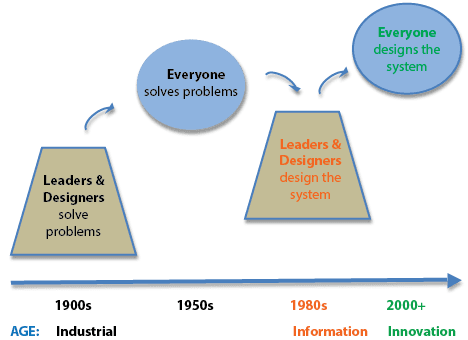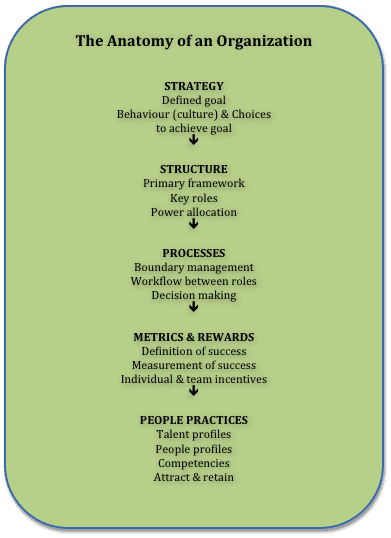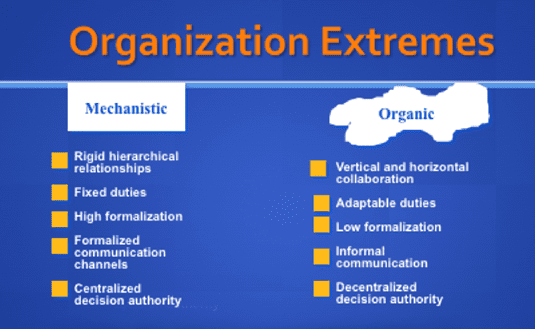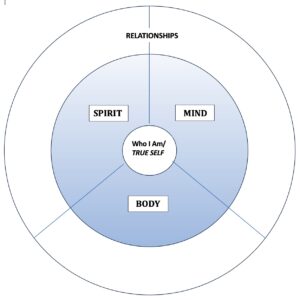For the purposes of improvement and/or innovation, organizations redesign their strategies, structures, systems and processes. Over the past 25 years of collaborating with organizations to accomplish their redesign efforts, I witnessed their significant performance improvements. However, only recently (see timeframe below) has the importance of collaborative design, in the context of mapping organizations’ reporting structures and workflows, been recognized.
Organization design contextually and traditionally fell within the organizing function of management. An organization’s design or framework — the creation of structures, roles, processes and reporting relationships — determines the what, how and who necessary to achieve an organization’s stated purpose and vision.
The core components comprising an organization’s design are illustrated below in The Anatomy of an Organization. In addition, the following 5-minute animated video clarifies how these core components fit within the design process.
When organizations redesign for the purposes of improvement and reinvention, strategizing is merely one step in the change process. Clearly defining and aligning structure, processes, rewards and people to that strategy, directs its execution into better overall performance. IMO, an organization’s performance is enhanced significantly when its members come together and practice the following collaborative design principles. In other words, they collectively design to ensure —
- Collaborative relationships, openness and connection
- Whole system (people, purpose, planet, profit) optimization
- Profound respect for the ecology
- Shared governance (leadership and decision making)
- Profound respect for human dignity
- Minimal critical specifications (specify only what is absolutely critical)
Designing with these four principles in mind is more likely to birth a participative organic organization structure, which may or may not be your preferred workplace environment. As you consider the two extreme forms of organization depicted in the table below, ask yourself these questions—
- In which type of organization would you like to work?
- Are you a risk taker or do you avoid risk?
- Do you like to think about the big picture or stay immersed in the detail?
- Do you like to solve problems and make decisions?
- Do you like to be told what to do?
On the continuum displayed below, where would you place yourself?
MECHANISTIC ORGANIC
STRUCTURE STRUCTURE
1 2 3 4 5
As an employee or employer, each of us needs to think deeply about the organization design that optimizes our passion, potential and purpose — our strategies. Just as an organization needs to align its structure with its strategy, we need to align our potential with the organization design most able to enhance our performance.
For more on organization design and transformation, click here.








